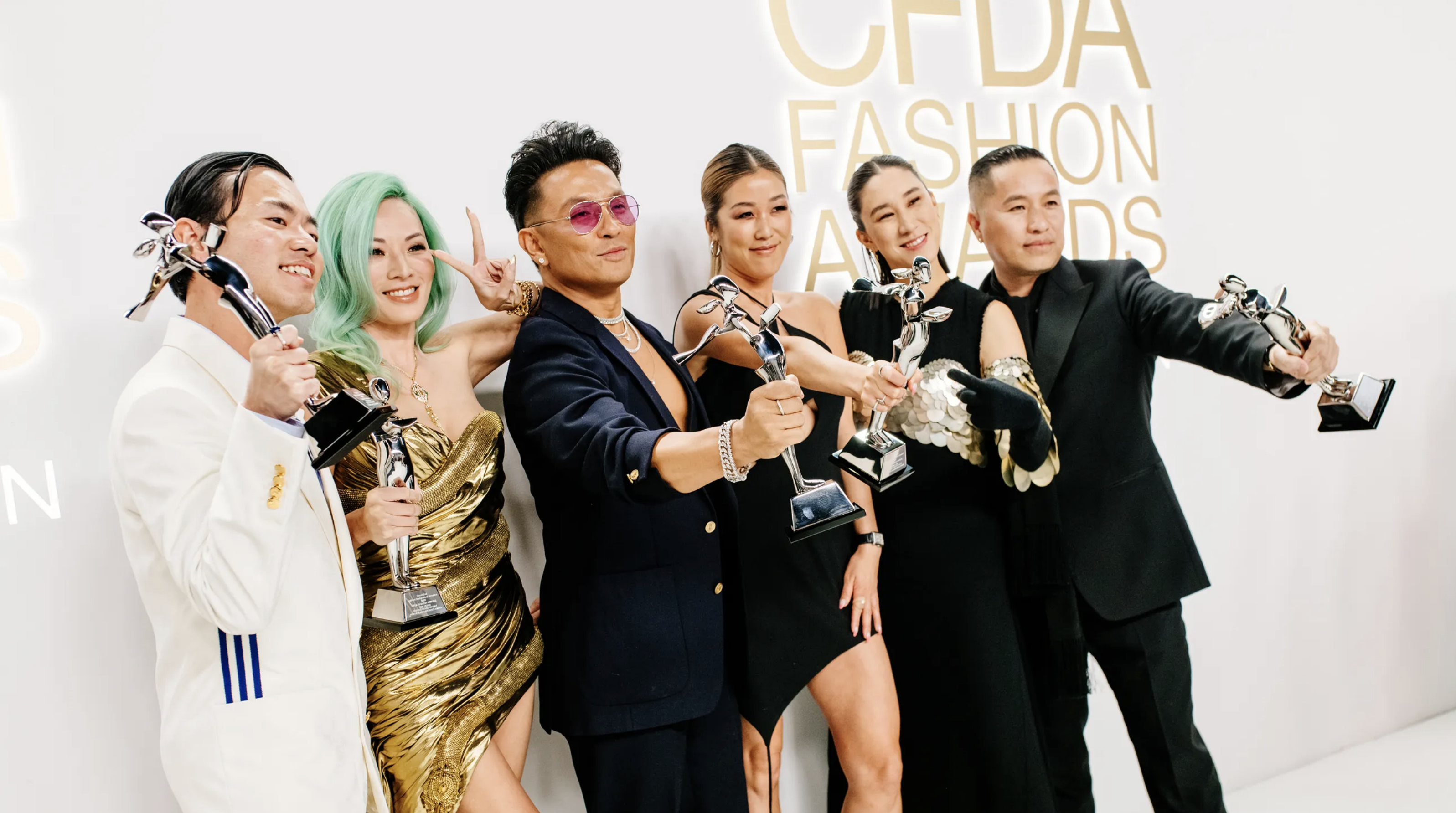Patti Wilson’s arrival at Cipriani South Street for the CFDA Awards was a signal of the night that would unfurl ahead. She was dressed in a full Schiaparelli look, accessorized with a myriad of golden body parts and a futuristic helmet/hat that made her seem like she was in perpetual motion but also perhaps a cyborg visiting us from the future. A fitting vision for the stylist who has actually earned the descriptor iconic, though you wouldn’t be able to tell from her shy demeanor. Standing near the balcony bar, Wilson recalled the day she found out she would be receiving the media award in honor of Eugenia Sheppard.
“Now, why am I getting a call from [CFDA CEO] Steven Kolb?” she laughed. “I never thought about that kind of [recognition] for what I do. It was more, Oh, my god, do I have to talk to people? Do I have to do interviews? That’s what freaked me out because I don’t come out that much.” Later, when Cher presented her award, cheers of “we love you, Patti!” could be heard from the audience.
Then amid passed caviar blinis and pizza, the floodgates opened and the guests started pouring in: Puppets and Puppets’s Carly Mark in skintight black lace; Black Boy Knits’s Jacques Agbobly with an intricate, sculptural headpiece; Wes Gordon taking a selfie with Halle Bailey; Prabal Gurung fixing the bow tie on Kolb’s Thom Browne suit. Gurung was a recipient of the social impact award along with Phillip Lim, Laura Kim, Tina Leung, and Ezra William, aka The Slaysians, who banded together last year amid the rise of anti-Asian sentiment. Jonathan Simkhai walked in with Katie Holmes, whose silver jeweled netting dress appeared otherworldly underneath the camera flashes—and had more than a passing resemblance to the CFDA statuette, a futuristic humanoid shape designed by the American artist Ernest Trova. And in a night celebrating American fashion and the CFDA’s 60th anniversary, the past as well as the future—of America, the industry, the world—lingered in the minds of many designers.
Emily Adams Bode Aujla, winner of American menswear designer of the year for the second year in a row, was wearing a vintage off-white James Galanos gown and described American fashion as “celebrating the history of America.” Over the course of the evening, many different tiny histories of America were celebrated. For Law Roach, who received the first-ever stylist award and grew up in the South Side of Chicago, the night represented a personal triumph as well as, he hoped, a path for future creatives. “I’m the first, and hopefully there’ll be more people to receive the award who look like me and come from places where I come from so that I know that not only did I win, but I left the door open for others to come in as well.”
Elena Velez, the winner of the emerging American designer award, felt similarly. “I’m super excited about getting to empower creatives outside of the traditionally established creative coasts.” The designer grew up in Wisconsin, the daughter of a single mother who worked as a ship captain in the Great Lakes. “To me, American fashion is about tapping into the code of designing your own existence.” It’s likely she wouldn’t have yet thought to design the evening with herself as a winner, though. “I’m so out of body right now. It’s just so unbelievably uncanny for me to have won because, in my mind, this brand only exists within four walls with three or four people, and it’s insane to feel that the vibrations are surpassing that small space and people know about it.”
“This is my diploma,” Luar’s Raul Lopez exclaimed when he got on the podium to accept the award for American accessory designer of the year. The son of Dominican immigrants who worked in factories in the garment district and yet would not let their son study fashion, Lopez explained how he used to take the train into Manhattan and sneak into the libraries at FIT and Parsons and use their resources. “That was my education.” He felt a special sense of community tonight with his fellow nominees. “It was a lineup of family, and they all have a longer trajectory of doing accessories, and I think even the ones that were nominated were rooting for me in a weird way. We were all congratulating each other beforehand, and I felt like if I win, they win and if they win, I win.” He plans to give the award to his mom. “I’m bad at keeping good stuff. I don’t like good attention, only bad,” he said, laughing.
Chrome Hearts’s Laurie Lynn Stark—who received the Geoffrey Beene lifetime achievement award along with her husband, Richard—was also thinking about family and not only because her award was presented by her daughter Jesse Jo and Cher (who is Jesse Jo’s godmother). “This award means I can give a platform to my children to be able to go to the next chapter,” she explained. “This night was a lot more emotional than I expected. It feels very validating, very sweet. Like someone gave me a hug.” For Kim Kardashian, who received the first-ever innovation award alongside her Skims cofounder and CEO Jens Grede and founding partner and chief product officer Emma Grede, the win was bigger than her. “This means so much to me for my team, for the Skims team, because they work so hard, and this is really for all of them.”
A feeling of optimism and togetherness permeated the evening. Bradley Cooper presented his longtime friend Lenny Kravitz with the style icon award. (At the end of the night, Kravitz gave Cooper a kiss and a hug, saying, “I’ll call you tomorrow!”) “The community is so much bigger now than it was before,” said Catherine Holstein, the Khaite designer who won American womenswear designer of the year and is currently six months pregnant. To her, American fashion is “strength,” both figuratively and literally. “It’s strength, durability, leather, cotton—substantial, functional strength.” That durability and longevity were also present in the special anniversary award given to longtime CFDA member Jeffrey Banks, presented by Stan Herman, former president of the CFDA. They were both hopeful about the industry’s future and steadfast in their belief that diversity is the path forward. “American fashion is like America. It’s about diversity. It’s about lots of different cultures melding,” Banks explained. “It’s about all sorts of different influences from all over the place coming together and making something that is truly unique.”
“I’m positive about the future, even through all the negativity,” Herman said earlier in the evening. “I think the talent is there. The will is there. If the country straightens itself out, I think we’re gonna be in a good place.” Bernadette Peters, a longtime friend of Herman’s (“We met through fashion about 30 years ago, through Donna [Karan]”) who presented him with his own lifetime achievement award in 2006, added, “Where there’s creativity, it has to be expressed, and I think whether people start making things out of paper bags or something else, someone’s gonna say, ‘We can make money with it,’” she laughed. “And fashion continues.”

Photographed by Hunter Abrams
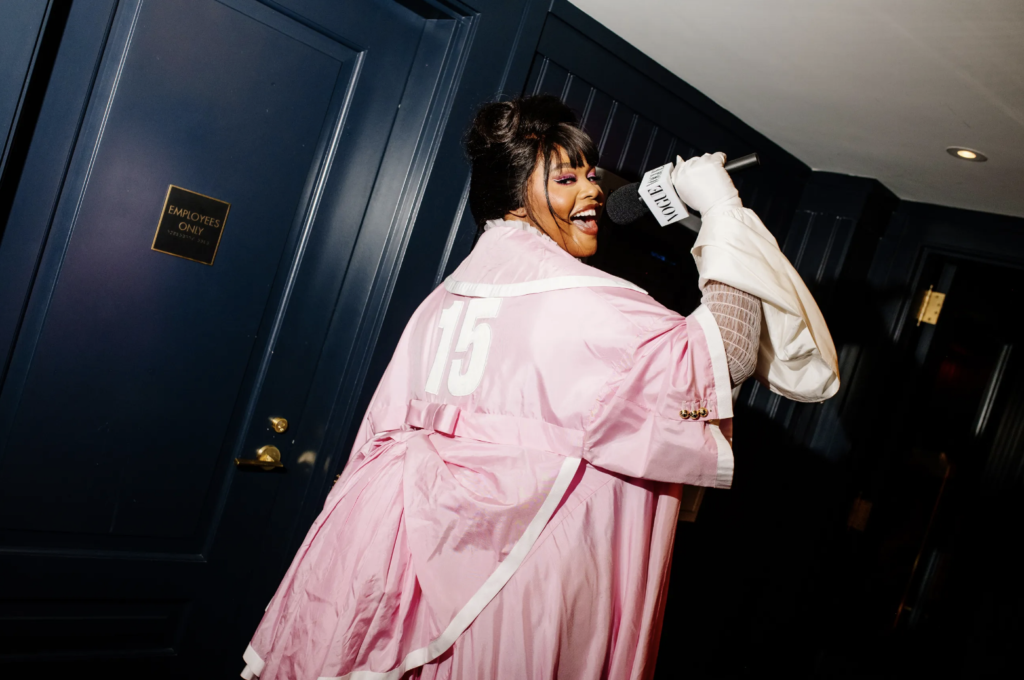
Photographed by Hunter Abrams

Photographed by Hunter Abrams
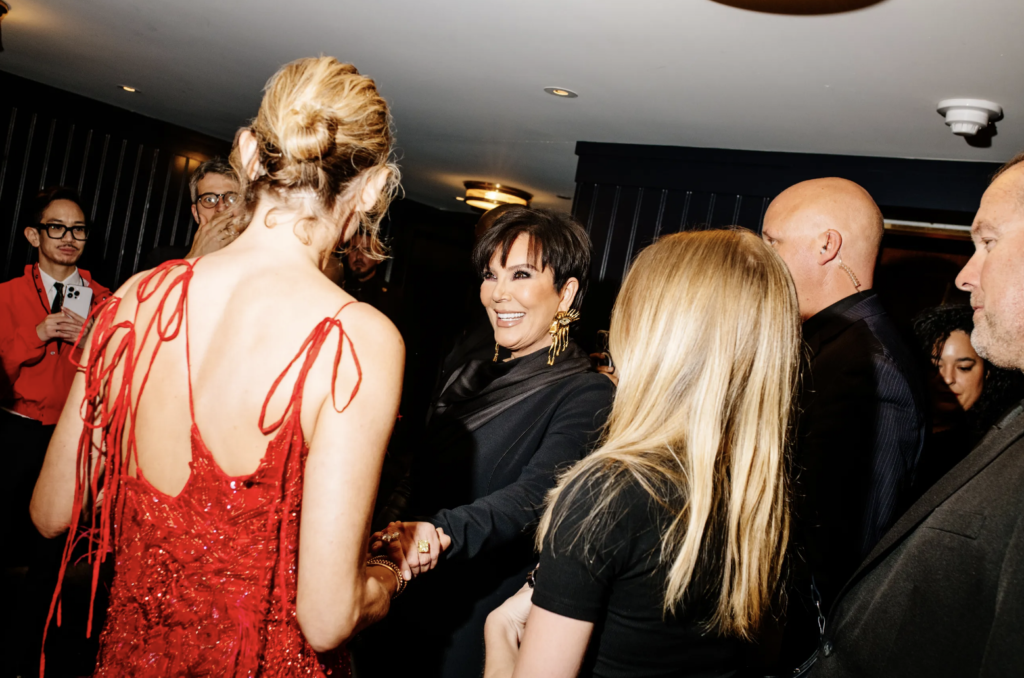
Photographed by Hunter Abrams
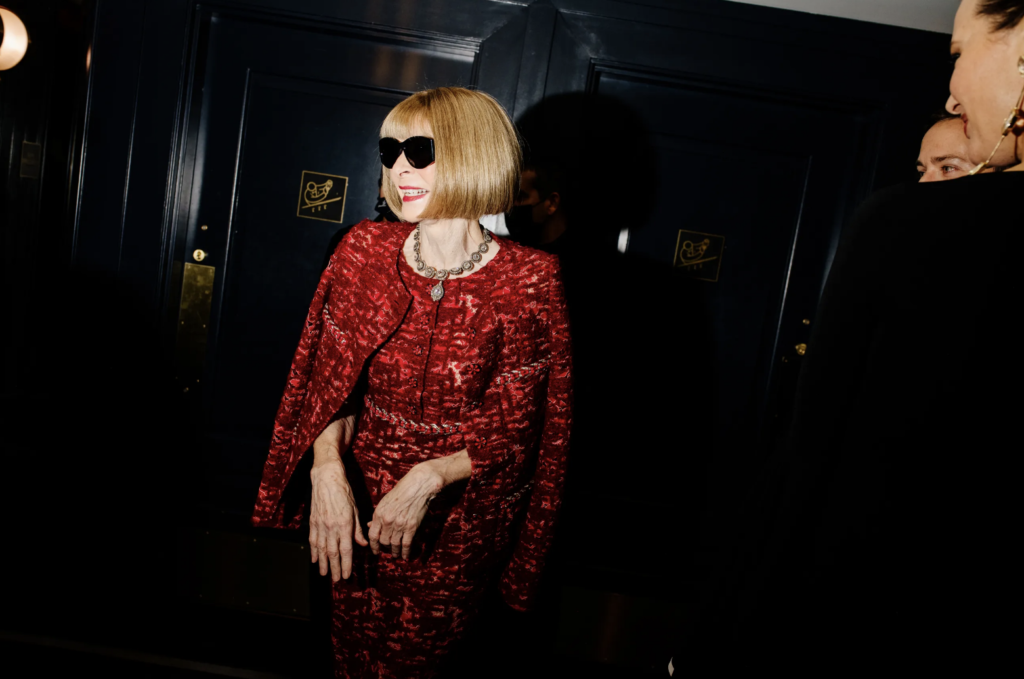
Photographed by Hunter Abrams

Photographed by Hunter Abrams
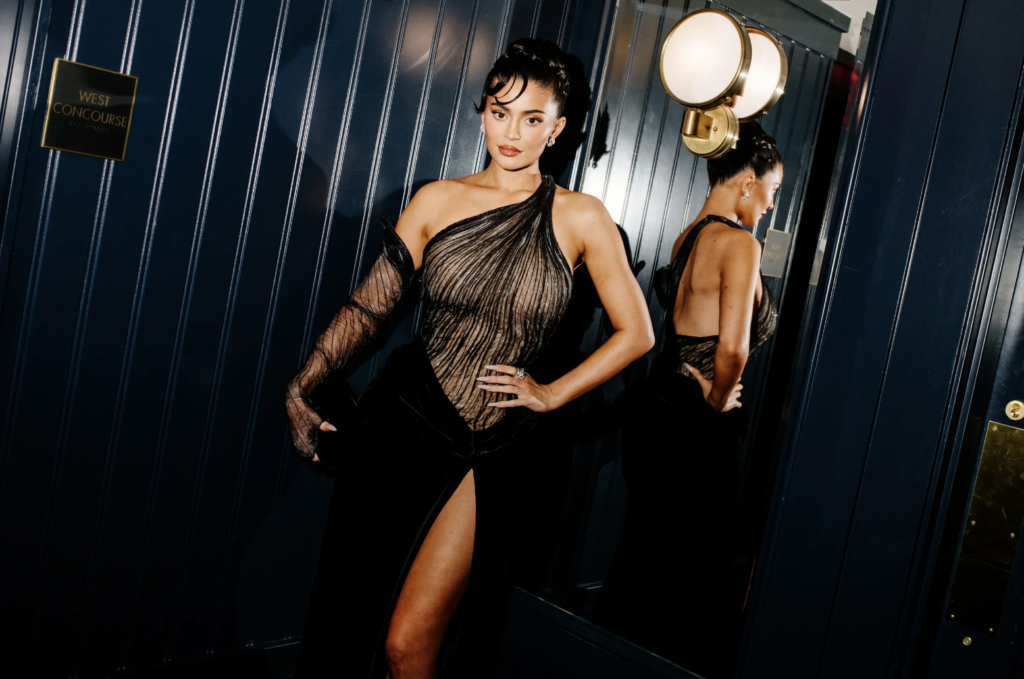
Photographed by Hunter Abrams

Photographed by Hunter Abrams
BY LAIA GARCIA-FURTADO

